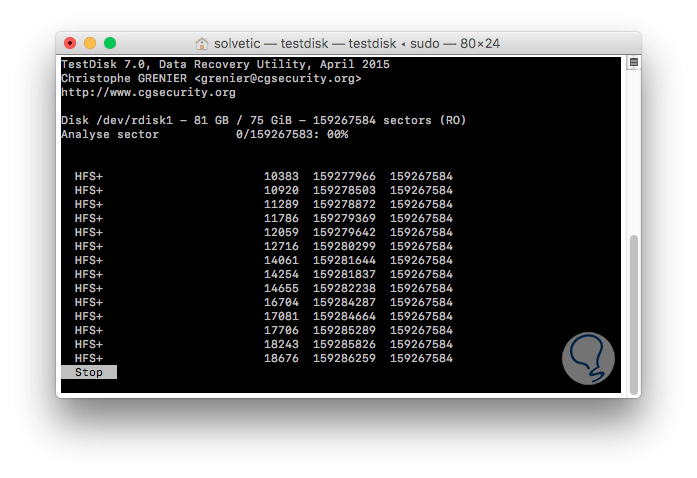
Note the number of the disk you need to re-initialize and type (without the curly brackets).Next, list the disks connected to the system, by typing.Right-click the " Command Prompt" result and click "Run as administrator".To do this, I booted Windows and opened a Command Prompt window: And that the GUID Partition Table (or GPT) allows partitions larger than 2 TB. Tried formatting it and got an error similar to " the maximum partition size cannot be larger than 2 TB."įurther research showed that this error is actually a limitation of the MBR partition table. Next, I started GParted ( a free partition editor for Linux) and selected the new disk from the top right corner. So, I installed a package to enable write support, by starting Terminal and typing: sudo apt-get install hfsprogs The version I use (16.04.3) has HFS+ read support, but no write support. Transmac threw a " cannot format" error and I couldn't find the format option in Paragon HFS+.Īnother option I use often is a live boot of Ubuntu Linux. Both are commercial software, with free trials.

Some forums suggested using Transmac or Paragon HFS+. However, this particular client wanted the data to be delivered on a new 3TB external disk formatted in HFS+ format. I usually dump the recovered data onto a FAT or NTFS drive.


Previously, I have read data from Apple's HFS+ file system (also known as Mac OS Extended) using TestDisk and other similar tools, on my Windows 10 machine. Recently, a Mac formatted hard disk came in for data recovery.


 0 kommentar(er)
0 kommentar(er)
